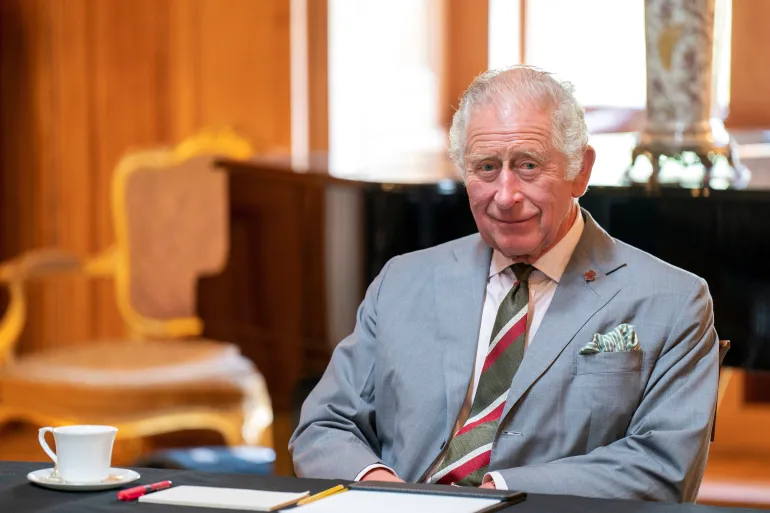
A job advertisement posted on the Royal Household’s official website has sparked backlash online after social media users noticed the hourly wage offered for a housekeeping role.
The listing, which appeared earlier this month, described the ideal candidate as “passionate, conscientious, and detail-focused,” working across public areas, bedrooms, and historic spaces at the Palace of Holyroodhouse. The ad promised training, skill development, and a supportive environment, along with benefits like 25 to 30 days annual leave, an excellent non-contributory pension, and free on-site lunches.
“We also offer a range of leave options to support your life priorities,” the listing added, including parental leave, volunteering days, and wellness benefits.
But it was the hourly wage of £12.60 that caused outrage. Critics quickly took to social media to voice their concerns. One Twitter user wrote: “The British monarchy offers £12.60/hour for a cleaning assistant at Holyroodhouse, £5.40 less than the average payment for the role.” Others called it “disgusting,” “tragic,” and “so f*cked,” especially when comparing it to what some cleaners earn in less prestigious positions.
While the rate is just above the new UK National Living Wage of £12.21 per hour for workers aged 21 and over (effective from April 1), many feel it doesn’t reflect the prestige or financial resources of the Royal Household.

This controversy feeds into a long-standing public curiosity: how much do the royals actually cost, and where does their money come from?
The Royal Family draws from three main financial sources: the Sovereign Grant, the Sovereign Grant Reserve, and the Privy Purse. Their primary income, however, is publicly funded via the Sovereign Grant, which this year provided £86.3 million to cover official royal duties.
Introduced under the Sovereign Grant Act 2011, the fund is calculated based on 15% of profits from the Crown Estate (a property empire owned by the monarch but managed by the Treasury). Any surplus from previous years is placed in the Reserve for future use.
Despite the large figure, royal expenses are extensive. In the 2023–2024 financial year, the Royal Family spent £89.1 million. This included:
- £27.9 million on payroll
- £47 million on property maintenance
- £4.2 million on travel
- £2.6 million on housekeeping and hospitality
- Plus additional spending on utilities, digital services, and more

To make up the shortfall, they drew £2.8 million from the Reserve. Reports suggest the grant may increase by 53% next year, reaching £130 million, partly to fund palace upkeep and new helicopters.
Beyond public funds, the royals earn income through the Duchy of Lancaster (supporting the King’s private expenses via the Privy Purse) and the Duchy of Cornwall (funding the Wales household). Both are taxed.
There’s also the Royal Collection, a valuable national art archive held in trust by the Sovereign.
In return, the monarchy reportedly contributes far more to the UK economy than it receives. A Regional Studies report valued the monarchy as a business at £67.5 billion, with an estimated annual economic contribution of £1.766 billion.
The Royal Family’s website notes their contributions go beyond finances. The Sovereign serves as “a focus for national identity, unity and pride,” offering a sense of continuity, recognising achievements, and promoting volunteerism.
Still, public frustration remains—especially when royal job wages seem out of step with their wealth and the costs funded by taxpayers.

